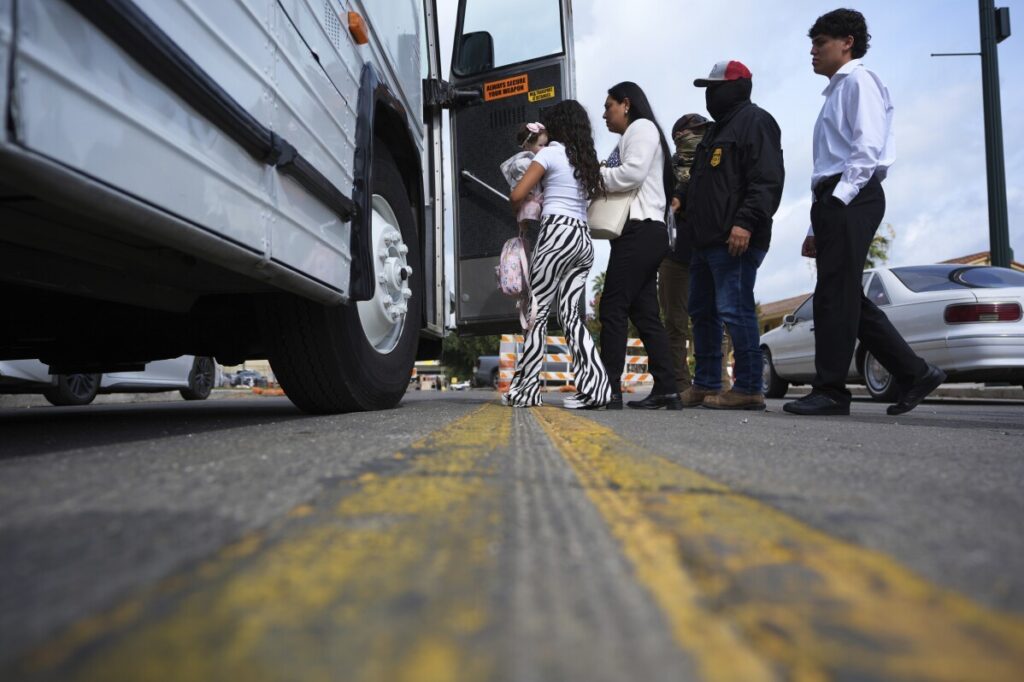Grand Canyon Fire Management Fiasco: How Bureaucratic Missteps Destroyed a National Treasure
The devastating wildfire that destroyed the century-old Grand Canyon Lodge exposes critical failures in federal fire management, raising concerns about the National Park Service’s priorities and protecting America’s natural heritage.

As flames consumed the historic Grand Canyon Lodge and surrounding structures, the eyes of the nation turned to a troubling question: why was this catastrophic blaze allowed to wreak such havoc on one of America’s most cherished landmarks?
When Preservation Turns Into Permissiveness: Who’s Really Protecting Our National Parks?
The Dragon Bravo Fire, ignited by lightning on July 4, rapidly escalated from a manageable flame to a destructive inferno that obliterated nearly a century-old lodge and dozens of cabins at the Grand Canyon’s North Rim. Yet, federal fire officials initially chose not to aggressively suppress the fire. Their justification? Letting it burn for ‘landscape benefit,’ a decision that seems more like bureaucratic dogma than prudent stewardship.
This hands-off approach came at a steep price. With strong winds fueling its growth, the fire exploded nearly eightfold in size within a single day, forcing frantic evacuations and leaving families and tourists scrambling. For those who value national sovereignty and common-sense conservation, this mismanagement smacks of misplaced priorities—prioritizing abstract ecological theories over the protection of irreplaceable American heritage.
Is America’s Wildland Fire Policy Compromising Our Security and Prosperity?
Yes, prescribed burns can be useful when applied judiciously. Indeed, experts like Northern Arizona University’s Andi Thode affirm that controlled fire has its place in forest health. But when left unchecked in extreme weather conditions — with dry fuels and high winds — such leniency becomes deadly negligence.
This raises concerns about bureaucratic overreach undermining effective crisis response. The National Park Service’s decision not to fight early on highlights systemic flaws in federal land management policies. It also reveals how Washington’s regulatory mindset can hinder swift action essential for safeguarding American treasures.
Adding political complexity, Arizona’s Governor Katie Hobbs demands a federal probe into these decisions while U.S. Senators press Interior Secretary Doug Burgum on accountability amid plans to centralize firefighting forces nationally. With growing wildfire threats exacerbated by changing climate patterns, can America afford inefficient governance that endangers both public safety and economic vitality tied to tourism?
Meanwhile, visitors along the South Rim witnessed ominous smoke blanketing one of our country’s iconic natural vistas—an unsettling reminder that distant policy choices here have immediate impacts not just on landscapes but local economies dependent on these attractions.
The destruction of the Grand Canyon Lodge is more than a tragic loss; it symbolizes how flawed federal stewardship jeopardizes national sovereignty over our lands and resources. For families already burdened by economic challenges, losing such cultural landmarks diminishes community pride and prosperity.
The question remains: will Washington heed this wake-up call or continue down a path where well-intended but rigid policies sacrifice real American interests on the altar of bureaucratic convenience?
